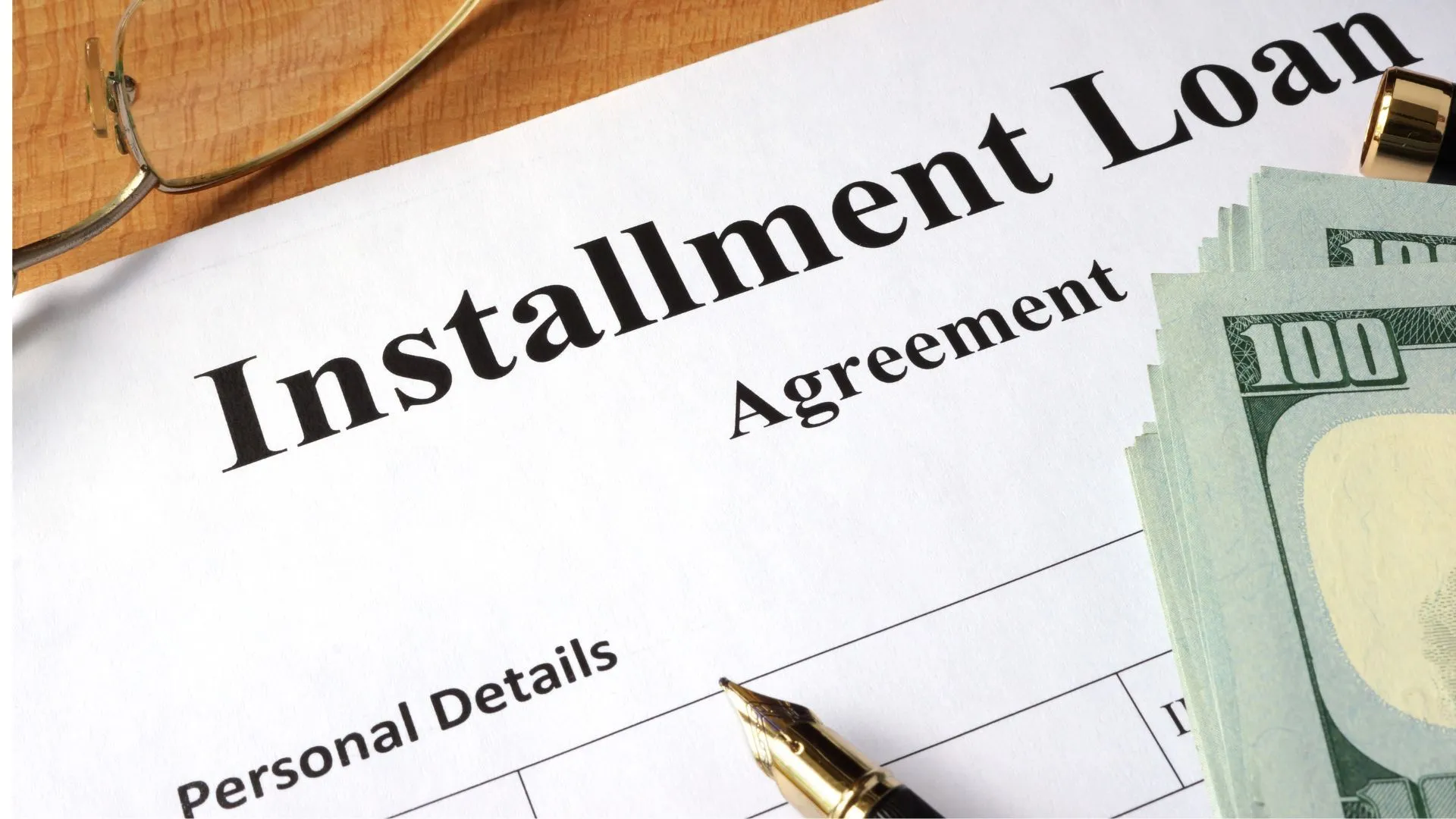
Installment loans provide a lump sum of financing that's repaid in equal installments over a fixed repayment term. If you need a personal loan to fund large expenses, consolidate debts, or cover unexpected costs, installment borrowing may be a good option. Here's a step-by-step guide to applying for an installment loan.
Know What You Can Afford
First, analyze your budget to determine what loan amount and payment makes sense for your financial situation. Factor in existing debts, expenses, income fluctuations, and savings goals. This will help you narrow down loan amounts and term lengths appropriate for your budget. Commit to borrowing only what you can realistically afford to repay.
Check Your Credit Score
Your credit score plays a major role in installment loan qualification and securing the best interest rates and terms. Before applying, always check your credit reports from Equifax, TransUnion and Experian for errors. You can access free copies of each report annually through AnnualCreditReport.com.
Higher FICO credit scores of 690+ will qualify for lower interest rates from most lenders. If your score is below 580, approval will be challenging, and you’ll pay higher rates if accepted. If time allows, postpone your application and focus on credit repair first.
Research Lender Options
Not all installment loan lenders have the same interest rates, fees, terms, credit requirements, or funding speeds. Spend time researching and comparing offers from traditional banks and credit unions as well as online consumer lenders, such as Index Loans, Credit Karma, NerdWallet, and LendingTree.
Prioritize lenders offering competitive rates for your credit tier alongside low or no origination fees. Also pay attention to minimum/maximum loan amounts and term length options when comparing offers.
Prequalify with Lenders
Many installment lenders allow you to check rates and terms through soft credit check prequalification forms on their websites. This preliminary step lets you view loan offers you may qualify for without formally applying just yet. However, this information should be available on the lender’s website. Compare prequalified terms from at least 3 top lender picks.
Formally Apply
With estimates from your research, select your best installment loan option and proceed with the full application and paperwork with that lender. Double check you meet all eligibility criteria in regard to income, credit score, debt-to-income ratio, etc. before submitting documents.
The application may involve signing disclosures authorizing the lender to run a hard credit check to verify everything on your report. If approved, you'll then progress to underwriting.
Underwriting & Final Approval Steps
Underwriters determine final loan decisions and terms by validating your reported income, debts, assets, credit information, collateral (if applicable), and other financial credentials. Be prepared to quickly provide additional documents if requested. Same or next business day funding is common once the loan agreement is signed.
The full application and underwriting validation process may take 1-5 business days until you're notified of approval terms or next steps if anything needs clarification. If approved, proceed to accept final e-documents.
Accept Loan Agreement & Receive Funds
Finally, log in to your secure applicant account portal with the lender to complete the loan agreement. Carefully review all policies, interest rates, payment requirements, terms and conditions before adding your e-signature. Once signed, the lender can wire your approved loan amount directly into your checking account as soon as the same or next business day.
Set prepayment reminders or enroll in autopay through your lender. With funds now accessible, be sure to only use them for intended purposes. Keep up with installment payments on time going forward to avoid late fees and credit damage. Let the lender know if any financial hardships occur impacting your ability to repay.